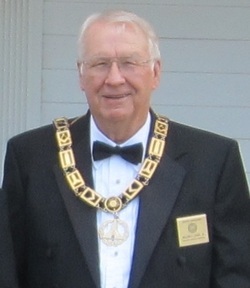
Early in October, I was fortunate to represent our Grand Lodge at the 28th Annual Shriners International Membership Seminar held in Tampa, Florida. There were ten representatives of Grand Lodges present who were warmly welcomed by the Chairman of the Membership Development Committee, MW and Imperial Sir Jefferey Sowder, Imperial Oriental Guide (PGM Kansas 1994). We were also pleased to hear from Imperial Sir Dale Stauss, Imperial Potentate from North Dakota, who spoke about priorities and his motto "Make yours the Shrine."
Chairman Sowder pointed out that the Shrine must maintain its membership in order to support its charity, Shriners Hospitals for Children. In this endeavor, he says working with the Blue Lodges and the support of our ladies are crucial in changing the culture as regards to membership in our temples. Sowder was extremely positive about what we could do and this positive atmosphere permeated the entire session.
In an effort to get everyone more involved in membership, a Shrine Membership Action Renewal Team (SMART) concept has been instituted by the Imperial Shrine. This team consists of General Chairman and a Chairman for recruitment/mentoring, Masonic relations, retention and restoration. I believe this concept is also applicable to our Lodges with a few changes.
The Chairman is charged with selecting the team members, holding meetings and organizing and setting goals. The Recruitment/Mentoring Chairman could be in charge of mentoring our candidates and new Master Masons. Since we get our members by what we do and how we act and not by asking prospects to join, he could be in charge of community relations for our Lodges and show support for DeMolay and Rainbow.
The Masonic Relations Chairman could schedule visits with other Masonic Bodies such as Past Masters Clubs, Shrine Clubs and work with the Grand Master to encourage Masonic Lodge attendance. The Retention Committee Chairman could work with the Lodge Secretary in calling and contacting delinquent members before they go NPD. A call or letter from a member to these Brothers may bring good results.
And last and most important, is the Restoration Chairman who would work to restore our members to Lodge membership by personal visits and other means and thereby create an opportunity for the Shrine to also gain another member.
The SMART plan is workable in the Lodge as well as in the Shrine, but we must be willing to roll up our sleeves and work the plan together for it to be a benefit to the Shrine as well as our Lodges.
Sincerely and Fraternally,
William R. Logan, Senior Grand Warden
Chairman, Masonic Education Committee
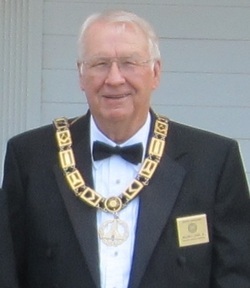
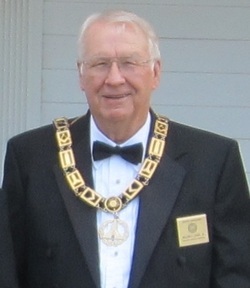
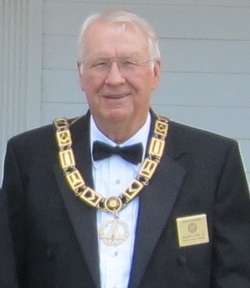
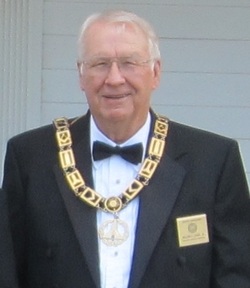
 RSS Feed
RSS Feed




